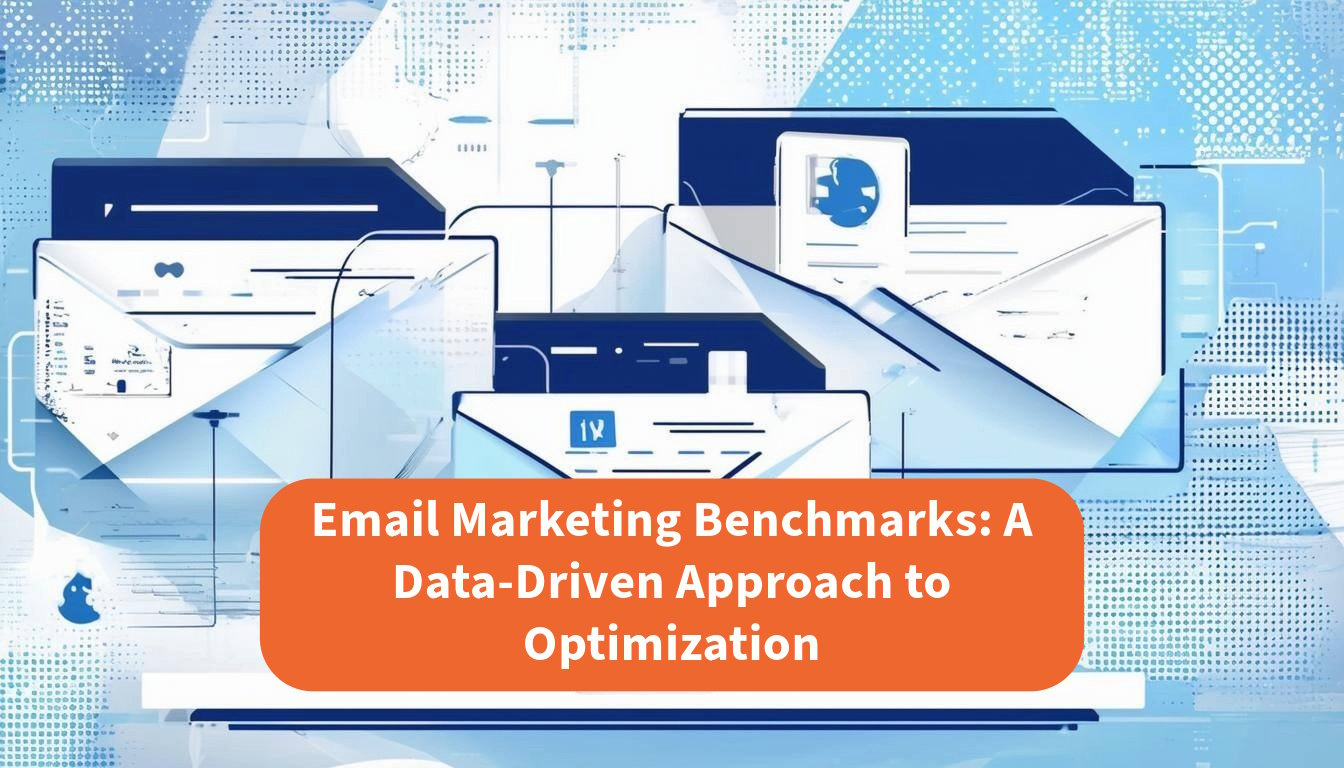The marketing world is obsessed with data, but are we measuring what matters? Google Analytics 4 (GA4) promises enhanced tracking and deeper insights, but several Google Analytics 4 flaws could sabotage your marketing efforts. These flaws revolve around misleading data on conversions, data accuracy, and customer journeys.
Many marketers assume GA4 is the holy grail of website analytics. However, this analytics tool is more like fool’s gold. It's not about bashing Google. This article is designed to equip you with the knowledge to make informed decisions about your marketing data. This way, you’re not misled by flawed data and end up flushing your marketing budget down the drain. Let’s explore some crucial Google Analytics 4 flaws and, importantly, what we can do about them.
The Direct Conversion Delusion
GA4 often attributes a significant portion of conversions to “direct traffic”. Essentially, it tells you people magically landed on your site and decided to buy, like stumbling upon a hidden oasis in the middle of the desert. But, if you’ve been in business long enough, you know people rarely convert on a whim. This is especially true if you aren’t a household name. Most folks need several touchpoints, several nudges, and multiple visits before deciding to buy.
Attributing these conversions as “direct” ignores the weeks or even months of marketing effort that nudged them through the customer journey. It’s like giving all the credit to the cashier at the grocery store, without acknowledging the farmers, processors, packagers, distributors, and everyone else in the supply chain. When you can accurately pinpoint what’s really driving those conversions, only then will you gain the true picture of what’s working and what needs attention. Was it that abandoned cart email sequence, a well-placed retargeting ad, or even that blog post you painstakingly wrote?
Unmasking the Myth of New vs. Returning Users
GA4 uses a seven-day window to differentiate between new and returning users due to legal limitations on data usage. That means anyone not interacting with your site within a week is automatically categorized as a “new” visitor upon their return. This creates a data discrepancy you need to be aware of.
Let's be real, do you visit all the websites you frequent every week? Life happens. People get busy, they prioritize, and sometimes a site might slip their minds for a while. However, GA4’s narrow definition completely skews the perception of your audience, leading to misleading data on user behavior and ultimately hurting your marketing strategy. Imagine creating entire campaigns designed to attract new users based on flawed data - talk about barking up the wrong tree.
Effective marketing hinges on accurate audience insights. If you’re operating with a distorted view of who's actually visiting your website, you risk wasting precious marketing dollars on campaigns that miss the mark. You might even be targeting the same users over and over, thinking they are unique users when they aren’t.
The Journey Down the Rabbit Hole (Or Lack Thereof)
GA4, unfortunately, stumbles when tracking customer journeys because it misses the big picture: that initial touchpoint. This is a big Google Analytics 4 flaw because the first interaction a website visitor makes is what set the entire customer journey in motion. It’s like trying to piece together a complex puzzle but missing several crucial pieces – frustrating, to say the least. Without understanding what initially drew a customer to your brand, it's challenging to accurately attribute conversions and optimize your campaigns.
Where Do We Go From Here?
Don’t panic. These Google Analytics 4 flaws are not insurmountable. You need access to a broader spectrum of data. Instead of relying solely on GA4’s restricted data, consider integrating data from other sources like:
- Your Customer Relationship Management system.
- Email marketing platforms.
- Advertising Platforms. (Yes - even the Facebook attribution models can offer additional context.)
- Google Analytics (Prepare for the changes as more updates occur.)
By stitching together information from different sources, you can accomplish the following:
- Gain a far more accurate, nuanced view of the customer journey.
- Determine whether traffic sources genuinely bring in new leads.
- Accurately track conversions and measure your true ROI.
To help explain these issues, look at the chart below that shows data pulled directly from a GA4 account in 2023 and 2024 and compared to a more accurate tracking method. The retention period for this data was the same for both, which further illustrates a problem with GA4.
| Metric | Google Analytics 4 | Actual (using an alternative system that stitches data together) |
|---|---|---|
| Sessions from August 2023 through July 2024 | 6.45 million | 1.68 million |
| New Users | 88.94% | 37% |
The best part is there are platforms designed to integrate these various data streams, giving you that holistic view you need to drive impactful marketing decisions. It's all about empowering you to cut through the noise of flawed data and focus on what truly matters. Make sure to stay updated on any GA4 updates or flaws, as Google is constantly making changes. Also, if you use Google Signals, it’s good to keep up-to-date with that as well, since it relates directly to GA4.
Conclusion
While GA4 might be the industry standard, don't let that stop you from challenging the status quo and asking tough questions about its accuracy and effectiveness. By recognizing Google Analytics 4 flaws and actively seeking alternative solutions to complement its insights, you're already a step ahead. You're no longer beholden to incomplete or misleading data but empowered to understand truly what makes your audience tick, personalize their experience, and ultimately drive sustainable business growth. That's what marketing is all about.




